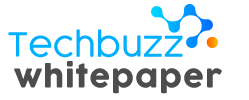Forrester finds 235% ROI with MuleSoft training and certification
This commissioned Total Economic Impact™ study conducted by Forrester shows companies that invest in training and certifying their technical workforce save time and reduce error frequency during API and integration projects. Digital transformation takes place quicker when using MuleSoft developers due to increased productivity and employee satisfaction.
Read this study to learn why:
- Trained and certified developers completed projects 25% faster.
- Trained and certified technical teams reduce time spent in remediation by 75%.
- Partners noted that MuleSoft Certifications differentiate them from competitors.
- This adds up to over a million dollars in value in 3 years.






